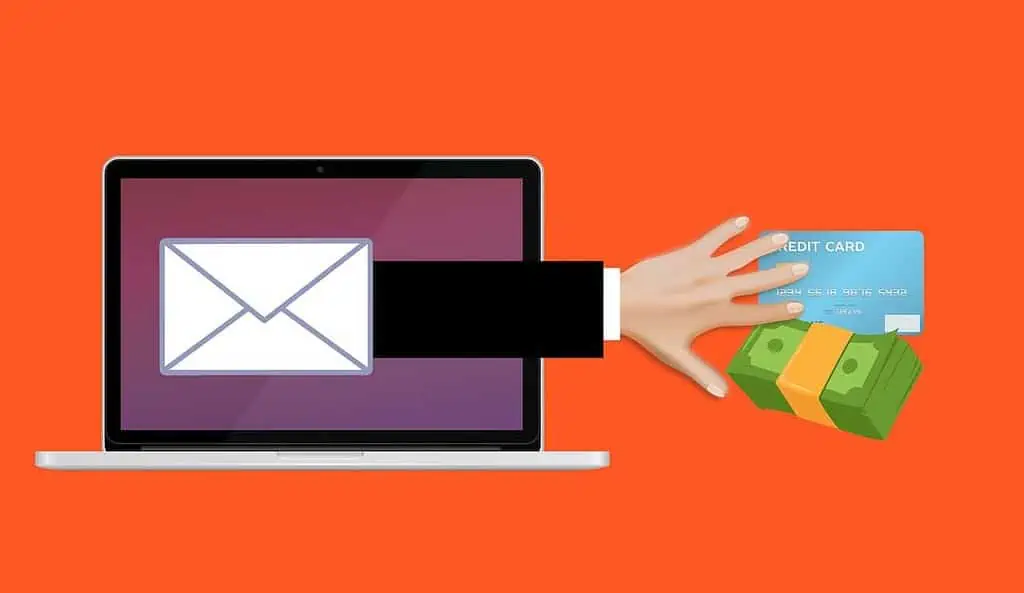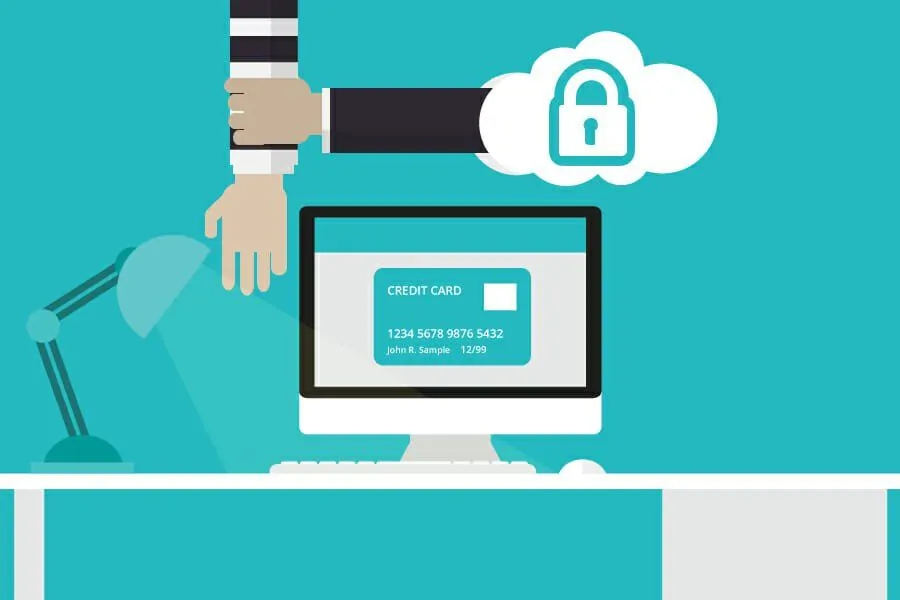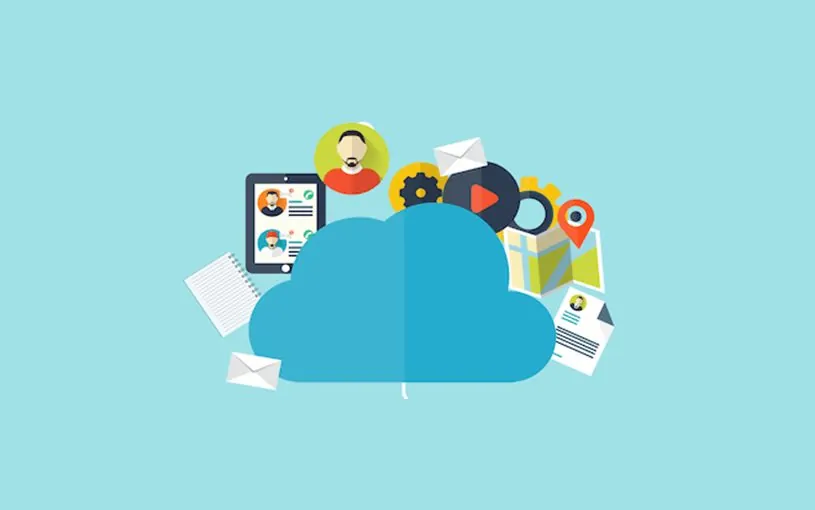Passwords are a critical component of your digital credentials, and they play a vital role in your website security. They also play an essential role in the security of your business network and numerous other areas of your life.
The problem is that passwords can be compromised, guessed, cracked, and even stolen. The good news is that password protection best practices are essential components of WordPress security and will help keep you and your business safer over time.
What best practices should you follow, though? Let’s walk through why password management is so crucial for you and your business.
Table of Contents
Should You Worry?
Do you need to worry about your WordPress security? Do password protection best practices really make a difference to your company? Yes, and yes. No business is safe from hacking today. SMBs, enterprise-level organizations, nonprofits, and even consumers can all find their digital credentials compromised and their financial data stolen as a result. So, how do you prevent that? It begins by being smart about passwords and managing your digital identity.
Password Strength Matters
We’ve mentioned this in other posts and will do so in the future. In fact, we’ll talk about password strength as long as we must, as long as people continue to create weak or lazy passwords. Let’s put it this way – if you’re using a password like 12345 or qwerty, then you’re sabotaging yourself. Criminals don’t even need to resort to hacking software to break those passwords. They can guess on their own.
Password strength is a vital consideration. Make sure that your passwords contain:
- At least eight characters
- Upper and lowercase letters
- Numbers
- Special characters
You can go it one better by combining more than one word in your password, along with numbers and special characters. Here are some more great tips on choosing the perfect username and password to protect yourself.
Multifactor Authentication
Passwords are inherently breakable. That’s the real problem here – they can and will be cracked if the perpetrator is given enough time. That’s why many companies are turning to multifactor authentication to add another layer of security.
You can see two-factor authentication at work in many places, including within Gmail, and there are even WordPress security plugins that offer the ability to add two-factor authentication to your website login process. Doing so offers significant benefits, and can stymie all but the most determined attackers.
Not sure how two-factor authentication works? It’s simple – when you try to log in, the system automatically sends a security code to your mobile phone. You enter the code and the website lets you in.
Phishing Awareness
We all tend to think of hackers as being technically savvy individuals who employ a host of stealthy electronic strategies, tactics, and software in order to break through security, but that’s only part of the picture.
Why break something when you can get in with a legitimate login? That’s the theory behind phishing, which is the most common type of cyber attack against businesses today.
How does phishing work?

It’s pretty simple, actually. An attacker creates an email and sends it to someone within your company. The email looks official and claims that there is a problem with your company’s bank account, with its cloud backups, or with some other mission-critical element. The recipient is urged to click a link to fix the problem. When they do, they’re taken to what appears to be the correct login page. They enter their credentials, which are then purloined by the attacker.
It can be that simple. In some cases, it’s even simpler – an email might appear to be from a boss asking for the login information to a particular database. Unsuspecting, the employee emails the information, but it actually goes to an attacker who has spoofed the sending email address.
Phishing attacks can also take place over the phone, but this is rarer than through email. The best way to prevent this sort of attack is to educate your employees. Here are the most important things you need to teach your employees. They should be familiar with phishing and should be able to spot phony emails, even if they look authentic.
Don’t Record Passwords
Part of creating strong passwords is to change them regularly and to never use the same password for more than one account. The problem here is that humans can only remember so much. This creates a temptation to write down those passwords or to record them in electronic formats, such as storing them in a Word or Excel document on a desktop.
Never do this and do not allow your employees to do it.
Never, ever record passwords – that defeats the entire purpose of creating strong ones and using different passwords. Hardcopy records can be seen or even stolen, and digital files are just as easily compromised.
Instead, use a password manager, but not the one in Chrome. You’ll find several password managers that offer super-strong encryption and that will help protect login credentials.
Protecting your website involves more than just password management, we have more good advice to protect your WordPress website.
No 100% Protection
Finally, make sure that you realize there is no way to eliminate the threat of credential theft and attackers guessing or hacking passwords.
You should ensure that your company has strong policies regarding the steps to follow in the wake of a password being compromised, and your employees should know what to do, who to contact, and the steps to follow in order to mitigate the threat.
Password Managers and
What does the future bring?
We are slowly but steadily moving into a world where passwords are unnecessary. Biometrics and other security solutions are coming to take precedence.
That’s a good thing, as passwords are inherently insecure and will always be a weak point in your company’s defenses. If biometrics or other advanced security precautions are an option for you, then our advice is to invest in them now.
Otherwise, keep abreast of security best practices and their evolution, as well as how your business can help maintain protection and avoid becoming yet another victim of hackers.



